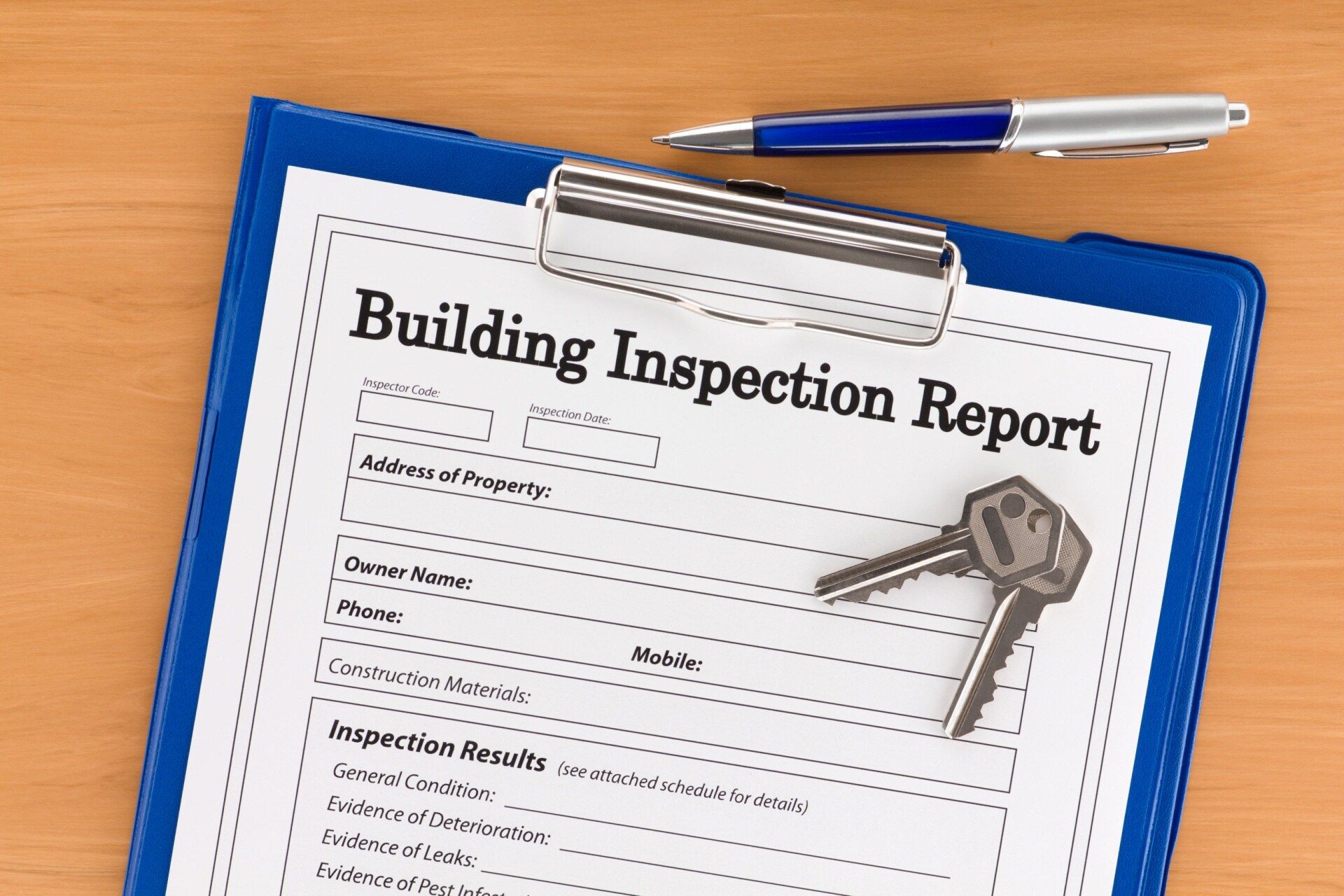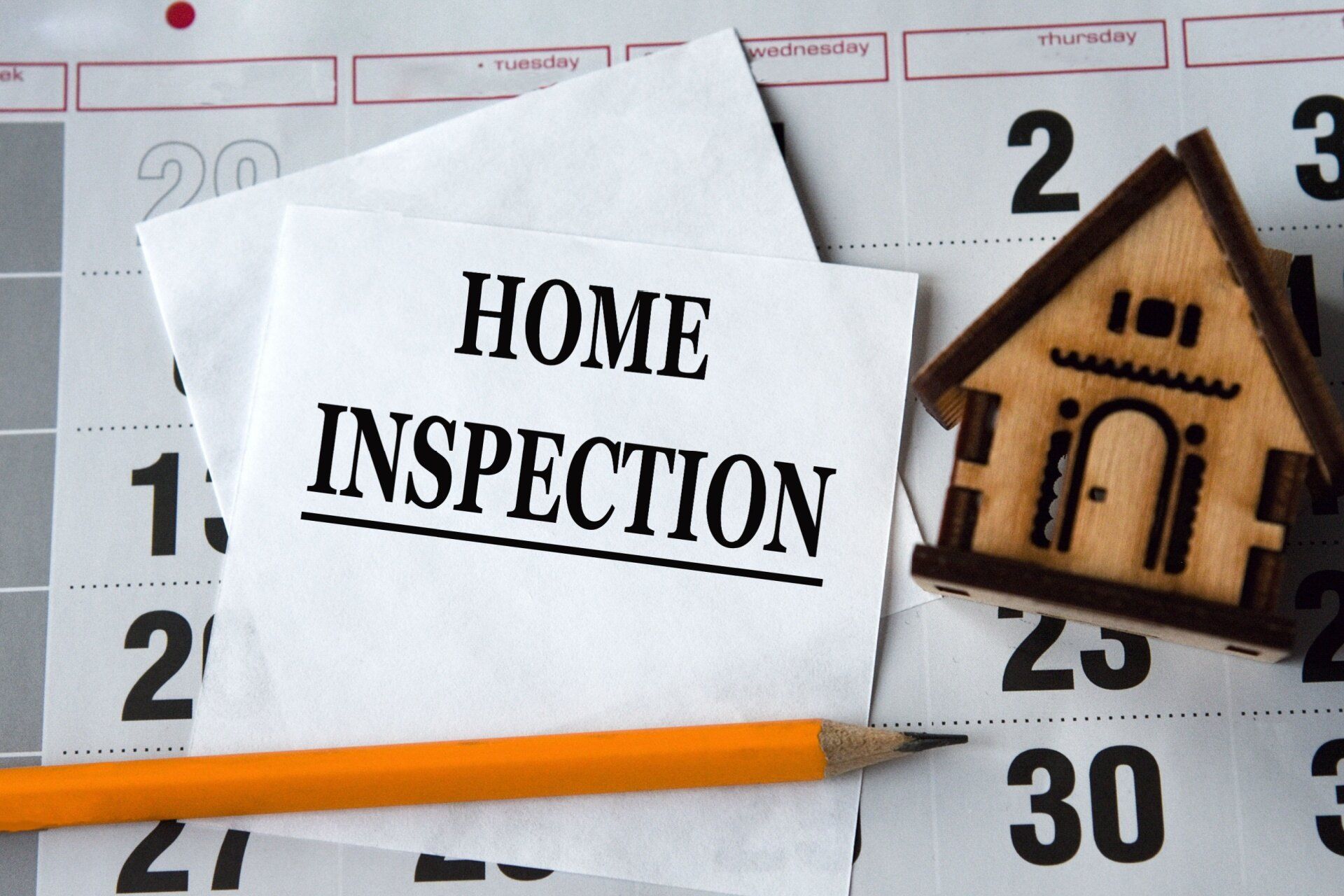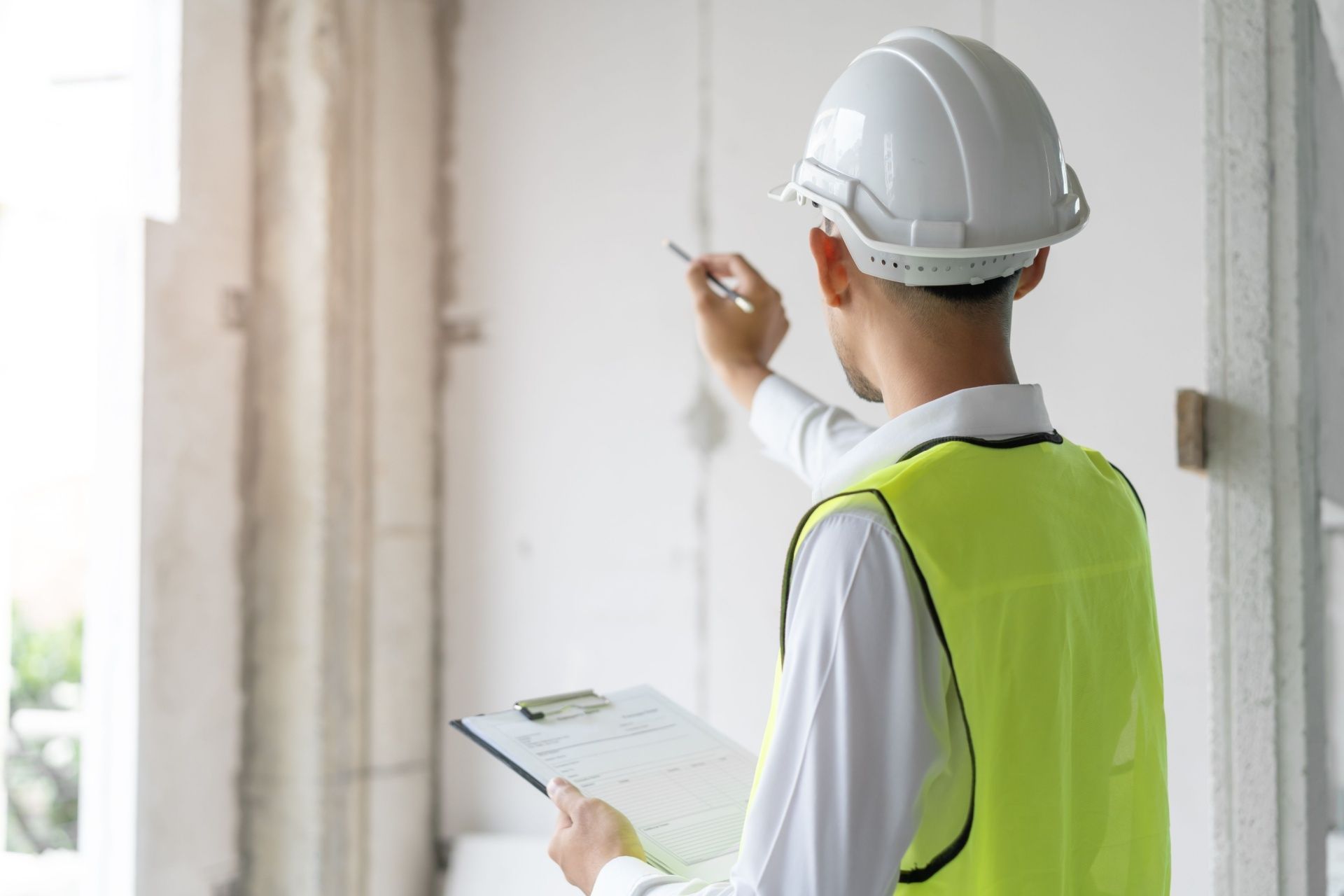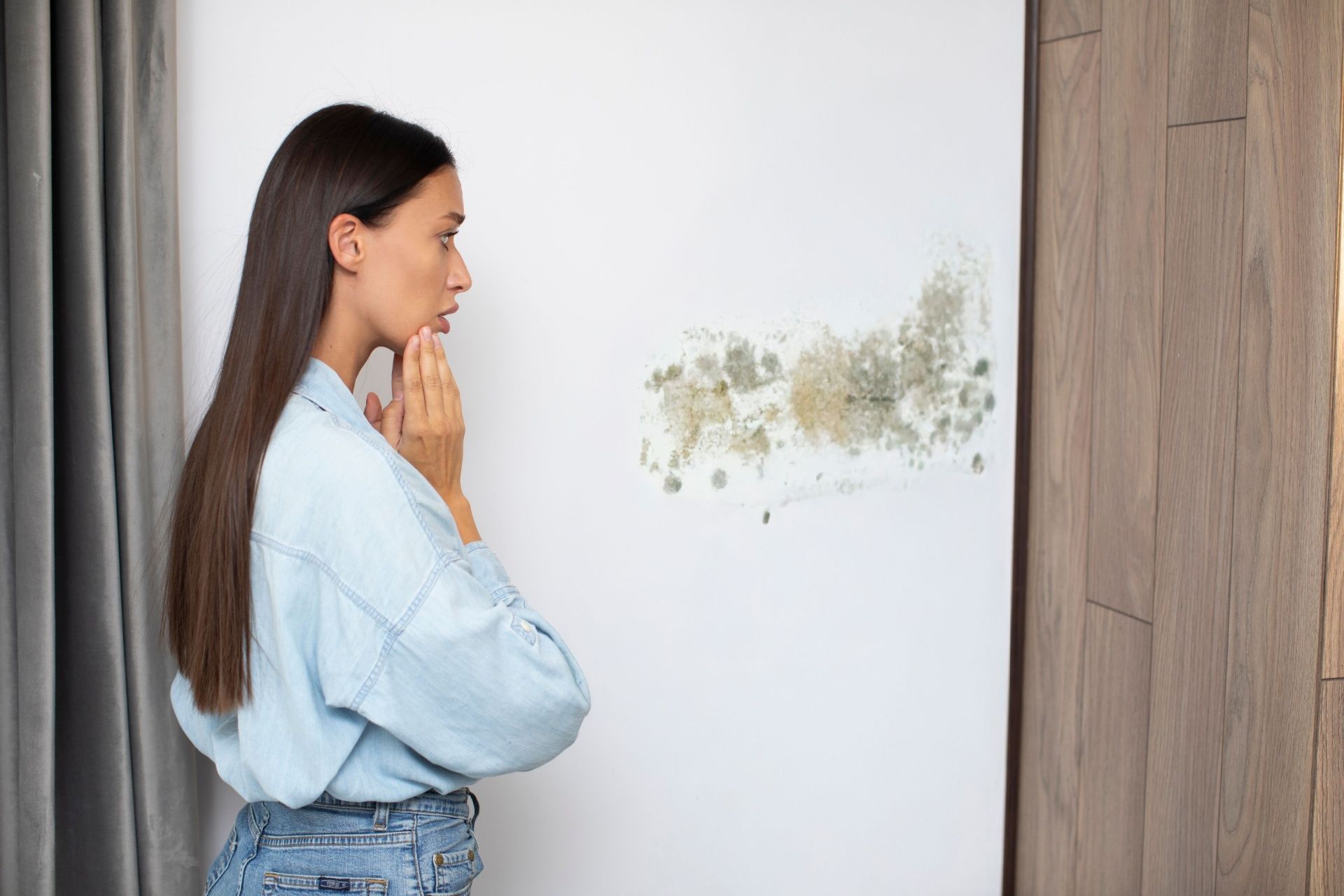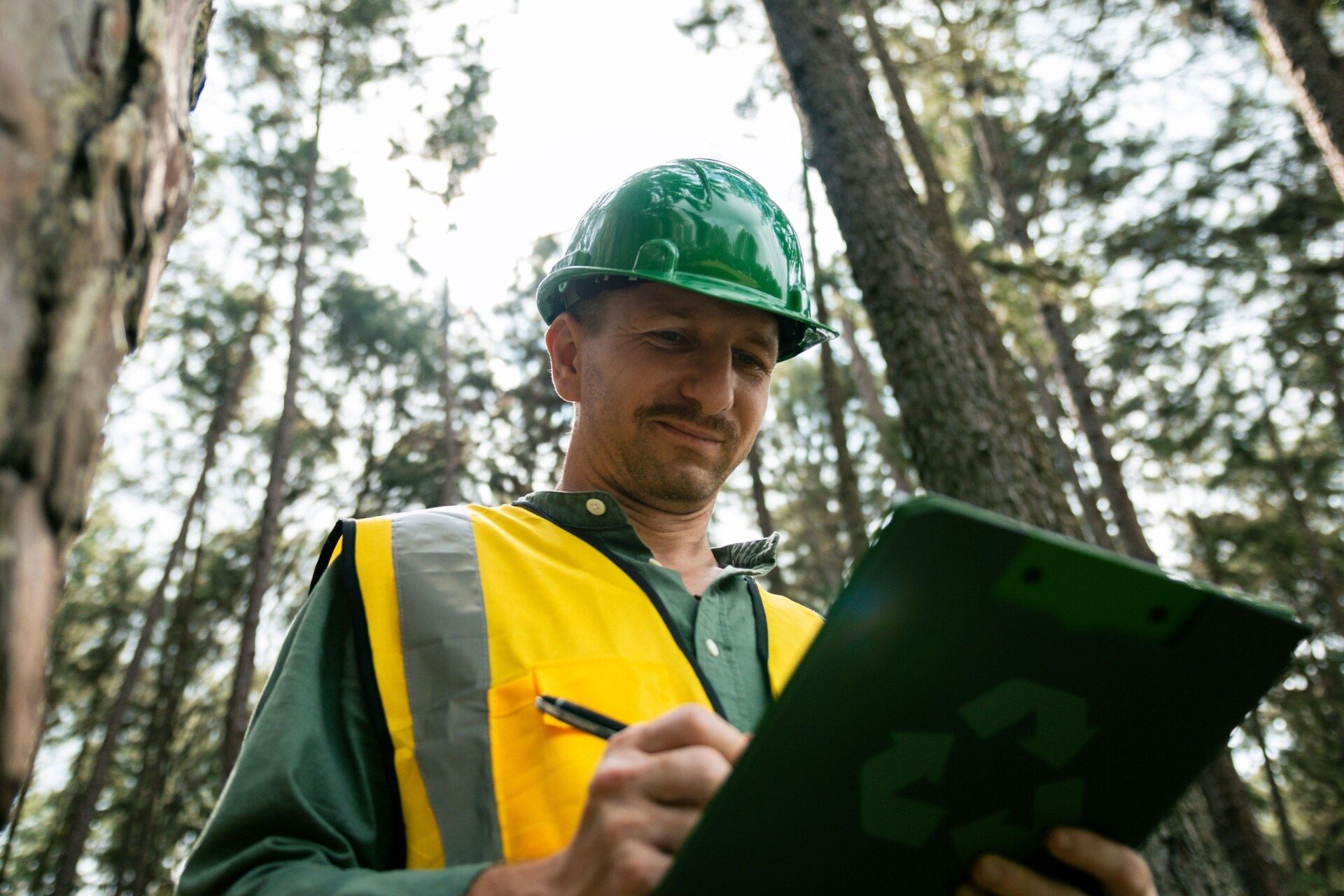Common EIFS Problems, Failures, and How to Prevent Them
Exterior Insulation and Finish Systems (EIFS) are popular across the United States for their energy efficiency and attractive appearance. Often called “synthetic stucco,” EIFS can help keep heating and cooling costs lower while giving homes and buildings a modern, finished look.
However, like any building system, EIFS comes with challenges. Homeowners and property managers often face issues related to moisture, cracking, or improper installation. If not addressed, these problems can lead to exterior insulation failure and expensive repairs. The good news is that with the right knowledge and regular EIFS inspection, you can prevent most problems before they become serious.
In this guide, we’ll cover the most common EIFS problems, how they happen, and the best ways to prevent them.
What Is EIFS?
EIFS stands for Exterior Insulation and Finish Systems. It’s a type of wall cladding that includes:
- Foam insulation board – adds energy efficiency.
- Base coat – applied over the insulation.
- Reinforcement mesh – strengthens the wall system.
- Finish coat – gives the wall its final appearance and texture.
When properly installed and maintained, EIFS works well as an energy-saving and durable option. But improper installation or lack of maintenance can lead to serious issues.
Common EIFS Problems and Failures
1. Moisture Intrusion
One of the biggest risks with EIFS is water getting trapped behind the system. If flashing, sealing, or caulking is not done correctly, rainwater can sneak in and stay hidden. Over time, this moisture may cause:
- Rotting of wood framing.
- Mold growth.
- Structural damage.
This problem is common when there are no drainage systems built into the EIFS.
Prevention Tip: Schedule routine EIFS inspections to check seals, flashing, and drainage. Ensure that windows, doors, and joints are properly sealed.
2. Cracking and Chipping
Cracks may form in the EIFS finish due to building movement, poor installation, or physical damage. Even small cracks can let water in, leading to bigger problems.
Prevention Tip: Repair cracks right away using the correct EIFS repair products. Avoid quick DIY fixes like caulk that don’t match the system requirements.
3. Poor Installation
Unfortunately, many EIFS failures result from improper installation. If the contractor skips steps, uses the wrong materials, or fails to follow manufacturer guidelines, the EIFS may fail early.
Prevention Tip: Always hire experienced contractors with proven EIFS expertise. Ask for references and check their past projects.
4. Impact Damage
EIFS is more flexible than traditional stucco but can still be damaged by hail, sports equipment, or even lawn tools. Holes and dents allow water to enter.
Prevention Tip: Avoid placing sprinklers or heavy landscaping tools near EIFS walls. If damage occurs, repair it immediately.
5. Insufficient Drainage Systems
Older EIFS installations often lacked proper drainage, causing water to get trapped. Today’s EIFS should include a drainage plane to let water escape. Without it, you risk exterior insulation failure over time.
Prevention Tip: If your property has older EIFS, consider upgrading to a drainage EIFS system during renovation.
6. Staining and Discoloration
EIFS walls can show stains from algae, dirt, or moisture. While this may start as a cosmetic issue, it can also signal underlying water intrusion.
Prevention Tip: Wash EIFS walls gently with low-pressure water and mild cleaning solutions. Avoid power washing, which can damage the surface.
7. Pest Intrusion
Termites, ants, or woodpeckers can sometimes damage EIFS by creating entry points into the insulation. Once inside, they can cause hidden structural issues.
Prevention Tip: Keep vegetation, mulch, and soil away from EIFS siding. Schedule pest control checks if you live in an area prone to termite activity.
EIFS Problems and Solutions
For every EIFS problem, there are practical solutions:
- Moisture Intrusion → Seal joints and add proper flashing; install drainage EIFS if needed.
- Cracking → Repair with manufacturer-approved EIFS patch systems.
- Poor Installation → Hire
certified EIFS contractors and get a professional inspection.
- Impact Damage → Repair holes promptly and consider protective landscaping.
- Staining → Clean gently and investigate if water leaks are the cause.
- Pest Issues → Keep EIFS away from soil and hire pest professionals.
The most important step is proactive care—regular EIFS inspections ensure small problems are caught early before turning into costly repairs.
Why EIFS Inspections Are Essential
EIFS may look perfect from the outside, but hidden problems can exist beneath the surface. That’s why professional EIFS inspections are so valuable. Certified inspectors use tools like:
- Moisture meters.
- Infrared cameras.
- Visual checks of caulking, flashing, and joints.
These inspections can detect early signs of exterior insulation failure, giving you peace of mind and saving money in the long run.
How to Prevent EIFS Failures
Here are simple steps to extend the life of your EIFS:
- Schedule
professional EIFS inspections every few years.
- Keep up with regular maintenance of caulking, flashing, and drainage.
- Repair cracks, dents, or holes immediately.
- Avoid high-pressure washing.
- Trim back landscaping to prevent moisture and pest problems.
By following these steps, you can enjoy the benefits of EIFS—energy efficiency, durability, and a beautiful look—without worrying about costly failures.
Final Thoughts
EIFS is a smart and energy-efficient wall system, but it requires proper installation, maintenance, and inspections. Most EIFS problems and solutions are manageable when caught early. Don’t wait until small cracks or stains turn into major repairs—stay proactive.
Schedule your professional EIFS inspection with Protec Inspections today to protect your property and avoid costly exterior insulation failures.
FAQs About EIFS Problems
How often should I get an EIFS inspection?
Most experts recommend an EIFS inspection every 3–5 years, or sooner if you notice cracks, stains, or water leaks.
Can EIFS be repaired, or does it need full replacement?
In many cases, EIFS can be repaired. Full replacement is only necessary when the damage is widespread or when the system was poorly installed.
What’s the difference between EIFS and traditional stucco?
EIFS uses insulation boards and multiple layers for energy efficiency, while stucco is a hard cement-based material. EIFS is lighter and better at insulating but requires careful maintenance.
Are EIFS systems still used in new construction?
Yes. Modern EIFS systems with proper drainage are still widely used in homes and commercial buildings.
How can I tell if my EIFS has exterior insulation failure?
Signs include cracks, bulging walls, water stains, or soft spots. A professional EIFS inspection is the best way to confirm.
Disclaimer: The information on this website and blog is for general informational purposes only and is not professional advice. We make no guarantees of accuracy or completeness. We disclaim all liability for errors, omissions, or reliance on this content. Always consult a qualified professional for specific guidance.
